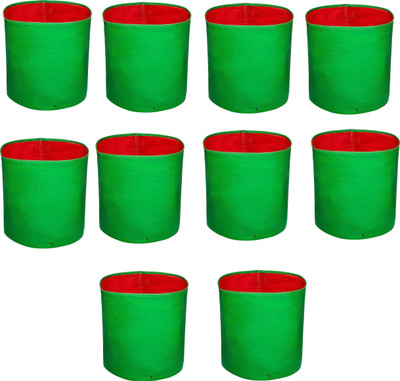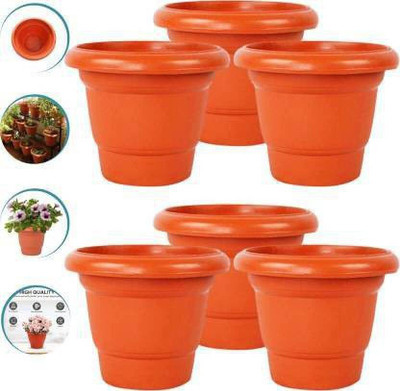
CYBEXIS High Germination Red Amaranth Seeds1000 Seeds Seed (1000 per packet)
Share
CYBEXIS High Germination Red Amaranth Seeds1000 Seeds Seed (1000 per packet)
Be the first to Review this product
Special price
₹219
₹799
72% off
Available offers
T&C
T&C
Delivery
Check
Enter pincode
Delivery by10 May, Saturday|Free₹40
?
if ordered before 3:59 PM
View Details
Highlights
- Seed Type: Vegetable
- Suitable For: Indoor, Outdoor
- Organic Plant Seed
- Seed For: High Germination Red Amaranth Seeds1000 Seeds
- Quantity: 1000 per packet
Services
- Cash on Delivery available?
Seller
Specifications
In The Box
|
General
| Brand |
|
| Model Name |
|
| Quantity |
|
| Common Name |
|
| Suitable For |
|
| Type of Seed |
|
| Organic |
|
| Family |
|
| Uses |
|
| Soil Nutrient Requirements |
|
| Sowing Method |
|
| Net Quantity |
|
Additional Features
| Care Instructions |
|
| Other Features |
|
Have doubts regarding this product?
Safe and Secure Payments.Easy returns.100% Authentic products.
Back to top








